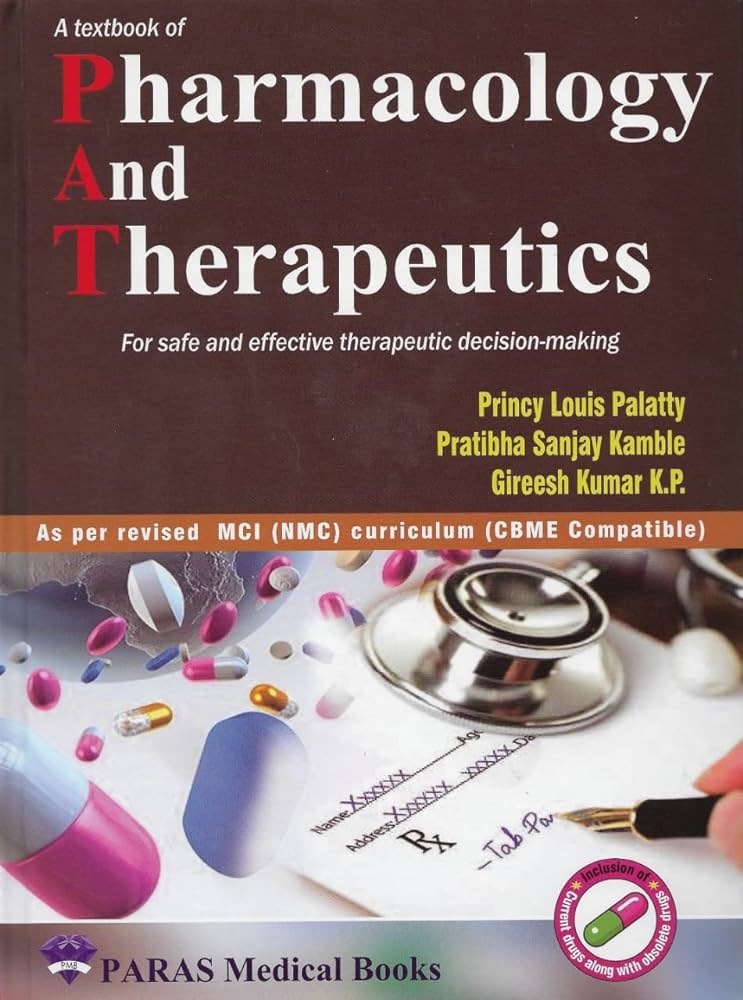神经肌肉和心脏类器官和组合体:先进的药物测试平台。
IF 12.5
1区 医学
Q1 PHARMACOLOGY & PHARMACY
引用次数: 0
摘要
固有的技术困难、伦理/监管问题和动物模型实验研究的成本促使研究人员尽可能多地用体外生理模型替代活体生物体,称为类器官和组合体。这些由诱导多能干细胞产生的三维结构近似于组织及其相互作用的复杂性,使个性化疾病建模和药物测试成为可能。组装体中多个组分的集成进一步提高了它们对多系统相互作用和毒性的预测价值。本文综述了神经肌肉类器官,包括功能性神经肌肉连接和可收缩的肌肉组织,如何在体外复制复杂的神经肌肉形态功能结构,为研究脊髓性肌萎缩症和肌萎缩侧索硬化症等不治之症的分子机制和药物效应提供了非常有价值的平台。在心脏病学领域,心脏类器官和组合体在分子、形态、电生理和机械水平上被证明是检测药物作用的可靠模型。最近,将神经元成分整合到心脏类器官中为研究自主神经功能提供了一种潜在的方法,自主神经功能是许多神经、神经肌肉和心脏疾病的基本方面。挑战和限制仍然存在,包括不同研究的不统一的分化方案,细胞表型的不完全成熟,以及缺乏整合的药代动力学模型。我们讨论了一些旨在克服这些障碍的未来发展。尽管它们目前的局限性,类器官和组装体显然具有巨大的前景,并将有助于推进生物医学的许多领域。本文章由计算机程序翻译,如有差异,请以英文原文为准。
Neuromuscular and cardiac organoids and assembloids: Advanced platforms for drug testing
The inherent technical difficulties, ethical/regulatory issues and costs of experimental studies in animal models is prompting investigators to replace as much as possible living organisms with in vitro physiological models named organoids and assembloids. Generated from induced pluripotent stem cells, these three-dimensional structures approximate the complexity of tissues and their interactions, enabling personalized disease modelling and drug testing. The integration of multiple components in assembloids further enhances their predictive value for multi-system interactions and toxicities. This review describes how neuromuscular organoids, incorporating functional neuromuscular junctions and contractile muscle tissue, have been used to replicate, in vitro, complex neuromuscular morpho-functional structures, offering very valuable platforms to study molecular mechanisms and drug effects in models of incurable diseases such as spinal muscular atrophy and amyotrophic lateral sclerosis. In the cardiological field, cardiac organoids and assembloids are proving reliable models for testing drug effects at molecular, morphological, electrophysiological and mechanical level. Recently, the integration of neuronal components into cardiac organoids has provided a potential approach to investigate autonomic function, a fundamental aspect of many neurological, neuromuscular and cardiac diseases. Challenges and limitations still remain, including the non-uniform differentiation protocols across studies, the incomplete maturation of cell phenotypes, and the lack of integrated pharmacokinetic modelling. We discussed some future developments aimed at overcoming such hurdles. Despite their current limitations, organoids and assembloids clearly hold great promises and will help advancing many fields of biomedicine.
求助全文
通过发布文献求助,成功后即可免费获取论文全文。
去求助
来源期刊
CiteScore
23.00
自引率
0.70%
发文量
222
审稿时长
90 days
期刊介绍:
Pharmacology & Therapeutics, in its 20th year, delivers lucid, critical, and authoritative reviews on current pharmacological topics.Articles, commissioned by the editor, follow specific author instructions.This journal maintains its scientific excellence and ranks among the top 10 most cited journals in pharmacology.

 求助内容:
求助内容: 应助结果提醒方式:
应助结果提醒方式:


